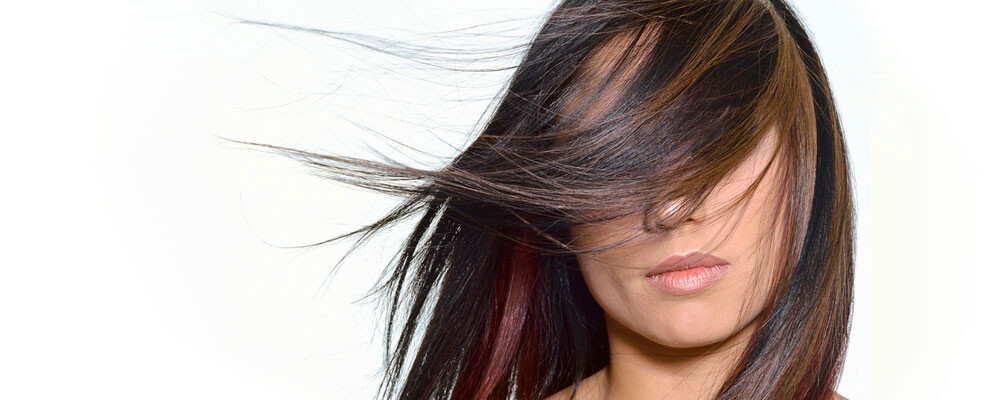Such a simple task that we do every day without giving it a second thought. But, maybe we should! In this BLOG post you’ll learn everything you need to know about brushing your hair! How to do it when wet, when dry and also the benefits. Let’s get started;
To be honest, we are likely to be doing more damage than good when it comes to brushing our hair as we just simply don’t know how to do it properly. The good news is, with tips from us, the right tools and just a little bit of patience you can master it in no time at all.
WHAT ARE THE BENEFITS OF BRUSHING MY HAIR?
Brushing your hair has more benefits than having tangle-free hair. Here are just a few;
Hair health and shine. Sebaceous glands located in your hair follicles produce natural oils that help lubricate your scalp. When you brush your hair properly, it helps distribute these natural, healthy oils, from the roots of your hairs to the ends, giving them a natural shine.
Scalp stimulation. Brushing your hair gently is like a mini massage that stimulates your scalp, which encourages blood flow and hair growth.
Loose hair removal. It’s normal to shed between 50 and 100 strands of hair a day, so when you brush your hair daily, you help remove those loose unwanted hairs.
HOW OFTEN SHOULD I BRUSH MY HAIR?
It’s recommended that brushing twice a day, once in the morning and once at night is the perfect balance. This is a healthy way to distribute your scalp’s natural oils through your hair — but only if you do it gently.
Vigorous brushing, even if only once a day, will cause breakage and will ultimately damage your hair. Be gentle.
HOW TO BRUSH WET HAIR
When it comes to brushing wet hair, the type of brush and your technique are key to keeping your hair healthy. Your hair is in a very fragile state when it’s wet which is why it’s important to take a very gentle approach to brushing wet hair.
Use a very wide-tooth comb or a Wet Brush is the only way to go when brushing wet hair. Using the correct technique is equally important, follow our guide below;
1. Use the comb/brush on the ends of your hair first. Never start from the scalp.
2. Comb down gently to remove any tangles. Do not force the comb/brush through your hair.
3. Use small strokes and try using your fingers to release/loosen knots.
4. If your hair is particularly tangled or knotted then apply a hair detangler spray or leave-in condition first.
5. Once you’ve removed the tangles from the ends you can begin to work upwards slowly until you reach the scalp area and until all the tangles have been removed.
Always use a wide tooth comb or tangle teaser to remove tangles and knots.
HOW TO BRUSH YOUR HAIR WHEN DRY
Dry hair has a tendency to get tangled and messy, causing knots and breakage along the way. To ensure a damage-free experience, its recommended to brush your hair in sections.
Here’s how to do it correctly.
1. Start in the midsection part of your hair (a few inches from the ends) and work your way down.
2. Take small sections and just repeat the steps above as and when each section becomes tangle free.
3. It’s important to remember that most damage happens when we battle with our hair! When we are trying to get a brush through it, we are too rough and tend to be very vigorous with our movements. We need to be gentler and the action needs to be slowed down.
A popular option for both dry and wet hair is the paddle brush and this is an excellent tool if you have really long hair. Paddle brushes are lightweight and help with defrizzing
TO SUM IT UP
Knowing how to brush your hair the right way can help prevent breakage and damage. It can also keep your hair healthy, shiny, and free of tangles.
It’s recommended that brushing your hair twice a day — morning and night — to help distribute your scalp’s natural oils through your hair.
If your hair is brittle, overly dry, or damaged, or you have excess hair loss even after you change your routine, consider seeing a doctor or a dermatologist to determine if there’s an underlying cause.





